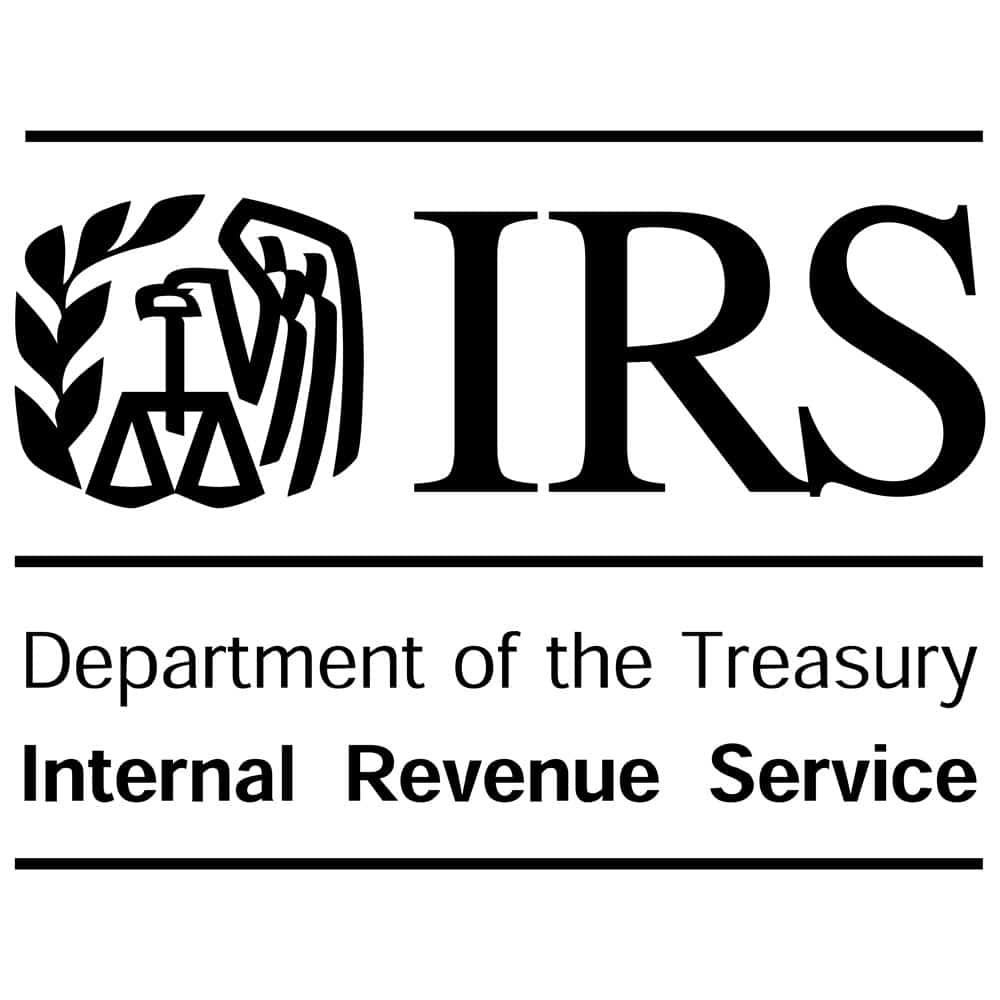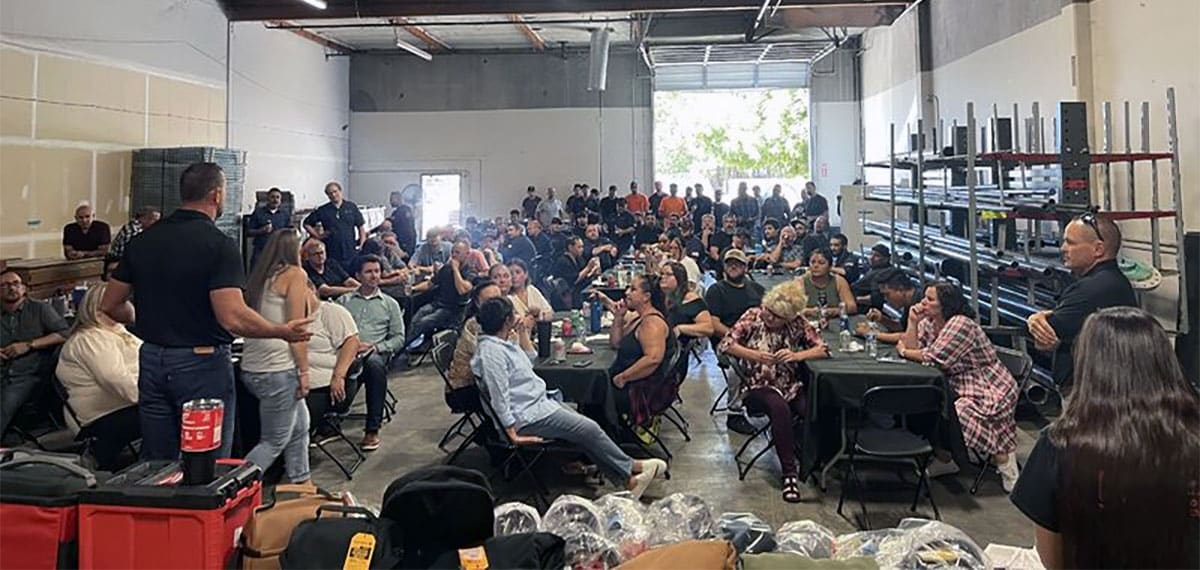Fall 2010
Written by Loren Rogers
In a project funded by the Employee Ownership Foundation, the NCEO did an extensive analysis of ESOP companies using data from the US Department of Labor. Unlike prior research, the study carefully compiled data from multiple plans within a single company and used multiple years of data for each plan. It concluded that ESOP companies are more likely to offer a second defined contribution (DC) plan than non-ESOP companies are to offer any DC plan at all. ESOP companies also contribute substantially more to their ESOPs than companies with non-ESOP DC plans contribute to their DC plans. The average ESOP participant has 20% more DC assets than the average participant in a non-ESOP DC plan, and those assets are much more likely to come from the company. Considering only DC assets originally contributed by the company, ESOP participants have approximately 2.2 times as much in their accounts as participants in comparable non-ESOP companies with DC plans.
This article reviews data collected on the U.S. Department of Labor Form 5500 from defined contribution (DC) retirement plans. We used data from all companies with employee stock ownership plans (ESOPs) for the most recent filing year available (2007 or 2006, depending on the company) and two prior years, where available. The comparison data comes from all non-ESOP companies with DC plans that filed a Form 5500. This project was commissioned by the Employee Ownership Foundation and performed by the National Center for Employee Ownership (NCEO). The source data was information collected by the Department of Labor and distributed by Judy Diamond Associates. The NCEO consulted with two trustees of the Employee Ownership Foundation: Hugh Reynolds (Crowe Horwath) and Rob Edwards (Steiker, Fischer, Edwards & Greenapple, P.C.). We developed a procedure to select the data, screen out inappropriate information, match data from separate plans for companies with more than one plan, and match dat a from comparable non-ESOP companies to the ESOP data.
The 3,976 ESOP companies in this study, which represent all companies for which Form 5500 data is available and that met our screening criteria, represent 38% of all ESOPs, based on the NCEO’s most recent estimate for the total number of plans. For more information about how we screened the data, see the section on methodology at the end of the article.
Overview
Plan Prevalence
ESOP companies, by definition, have at least one DC plan: the ESOP. More than half of them (56%) have a second DC plan, usually a 401(k). In comparison, the Bureau of Labor Statistics reports that 47% of companies overall have a DC plan. In other words, an ESOP company is more likely to have two DC plans than the average company is to have any.
Contributions
The average ESOP company contributed $4,443 per active participant to its ESOP in the most recently available year. In comparison, the average non-ESOP company with a DC plan contributed $2,533 per active participant to its primary plan that year. In other words, on average ESOP companies contributed 75% more to their ESOPs than other companies contributed to their primary DC plan. Controlling for plan age, the number of employees, and the type of business increases the ESOP advantage to 90% to 110% above the non-ESOP companies in our sample. None of the numbers in this
paragraph considers contributions made to secondary DC plans or contributions made by employees.





